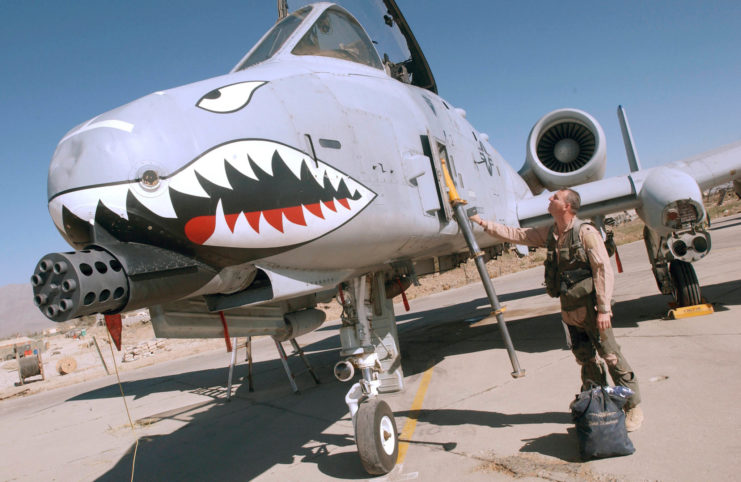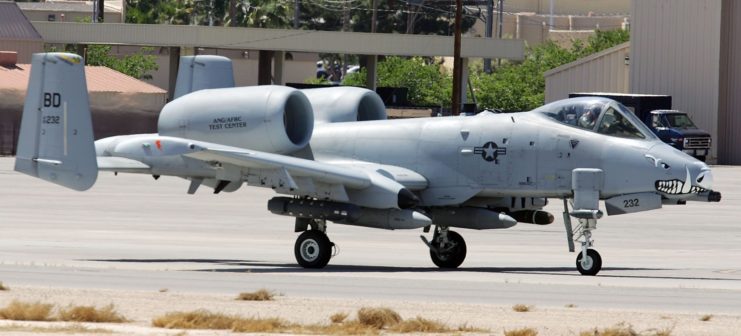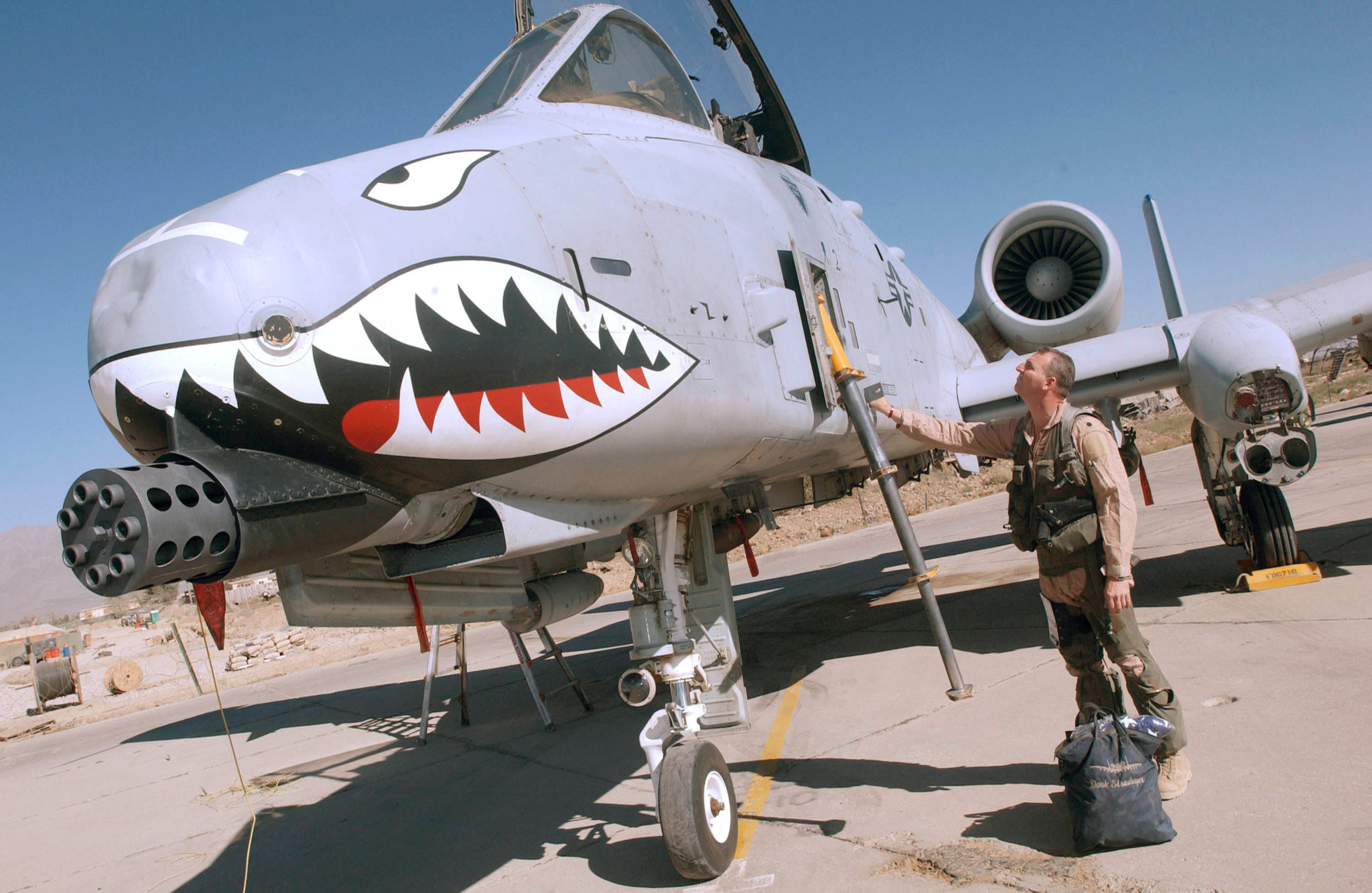The US Air Force is preparing to conduct take-offs and landings from US highways for the first time in decades. The aircraft involved are the A-10 Warthog attack aircraft and the C-146A Wolfhound, which is used by the Air Force for special operations. Operating from highways is a tactic that may not only be useful, but necessary in the time of war, as airbases are primary targets in the case of an attack. Ensuring highways are a viable landing zone can keep a military in action even with a lack of suitable airbases.
The operation comes as part of the Exercise Northern Strike which is “one of the National Guard’s largest joint, readiness producing exercises.”
Michigan State Highway will become a temporary runway

The drills are due to take place on August 5. The drills will be performed by the Michigan Air National Guard on a length of the Michigan State Highway M-32 near Alpena. For five hours the road will be closed while the aircraft are in action.
The US has conducted this type of drill before in Europe but rarely practices it on home soil, which makes this a rather unique moment.
“This is believed to be the first time in history that modern Air Force aircraft have intentionally landed on a civilian roadway on U.S. soil,” U.S. Air Force Colonel James Rossi said, from the Alpena Combat Readiness Training Center commander. “Our efforts are focused on our ability to train the warfighter in any environment across the continuum so our nation can compete, deter, and win today and tomorrow.”
Operating from a highway is a useful plan-B in the event an airbase is put out of action during a war, so the experience gained in this exercise is extremely valuable.
In addition, the Agile Combat Employment (ACE) concept is hoping to improve the flexibility and adaptability of US airpower to ensure its continued use throughout a conflict.
Four A-10C Warthog attack aircraft from Michigan Air National Guard’s 127th Wing and the Air Force’s 355th Wing will be involved, as well as two C-146As from Air Force Special Operations Command (AFSOC) who operate from Duke Field, Florida.
The Alpena Combat Readiness Training Center is a key location for the exercise, and is the reason why this particular stretch of highway has been chosen, as it is close to the center.
The area is useful for the exercise as it is part of an enormous training location that offers the military 17,000 square miles of airspace and the capability to test their cyber, sea, air, land, and space systems.
Operating from highways

The highway will inevitably receive preparation before the aircraft operate. Homes near the highway will have their power supply from the electrical grid blocked while traffic will be redirected by the appropriate road signs. It is likely the road’s signs, lights and barriers will be adapted to the safe operation of aircraft. The extent of preparations to the road itself is unknown.
Fortunately, the A-10 Warthog is an ideal aircraft for the task, as it was designed with this situation in mind during the Cold War when operating from remote stretches of European road was expected if war broke out.
To fulfill these requirements, the A-10 rolls along on low-pressure tires built for rough surfaces, while the aircraft itself is able to take off and landing on short landing strips. The other aircraft involved, the C-146A, is no stranger to non-ideal landing strips either, as it often operates from unorthodox runways due to its special operations nature.
The C-146 is a military version of the Dornier 328 commuter airliner.
The US is not the only nation looking into concepts like Agile Combat Employment, as the UK is also investigating the possibility of becoming less reliant on large, well-established airbases to fight a war.
Exercise Northern Strike will also see the US test its efficiency at rapidly setting up and operating an airbase in a previously empty area.
More From Us: US Withdrawal Leaves The Afghan Air Force Fixing Planes Via Zoom
U.S. Air Force Brigadier General Bryan Teff, Michigan Air National Guard adjutant general for air, said about Michigan’s involvement in the exercise:
“Michigan’s NADWC is uniquely postured to provide ample training airspace and facilities to accommodate training for the future high-end fight,” adding “Michigan is integral to the joint fight and future warfighter. The joint force cannot execute without training as we fight.”
